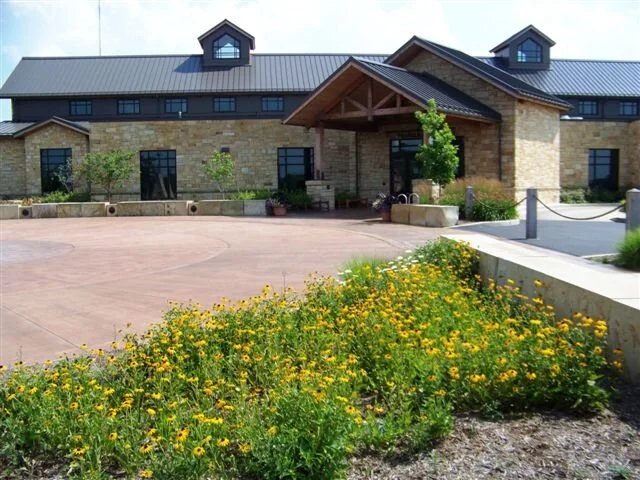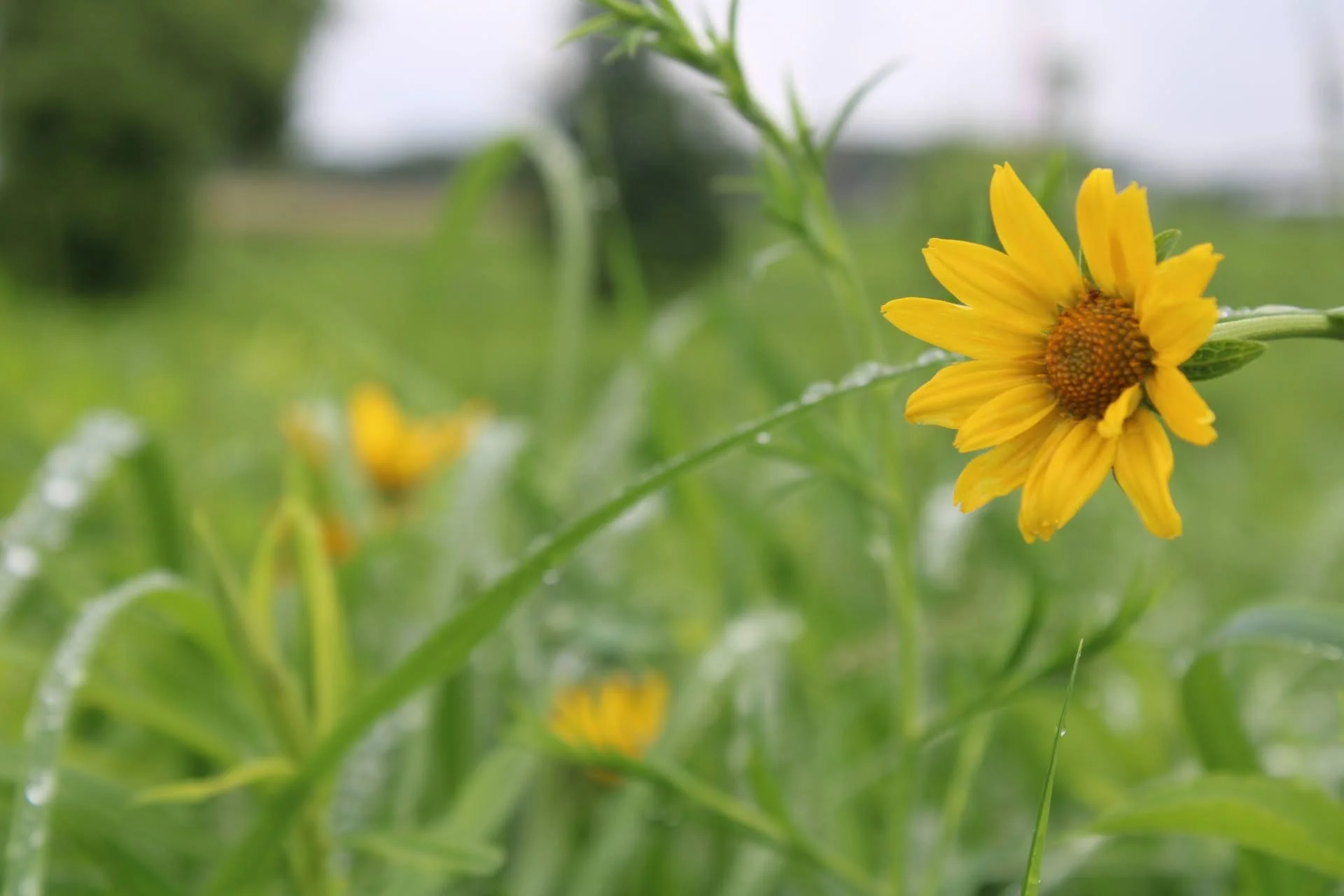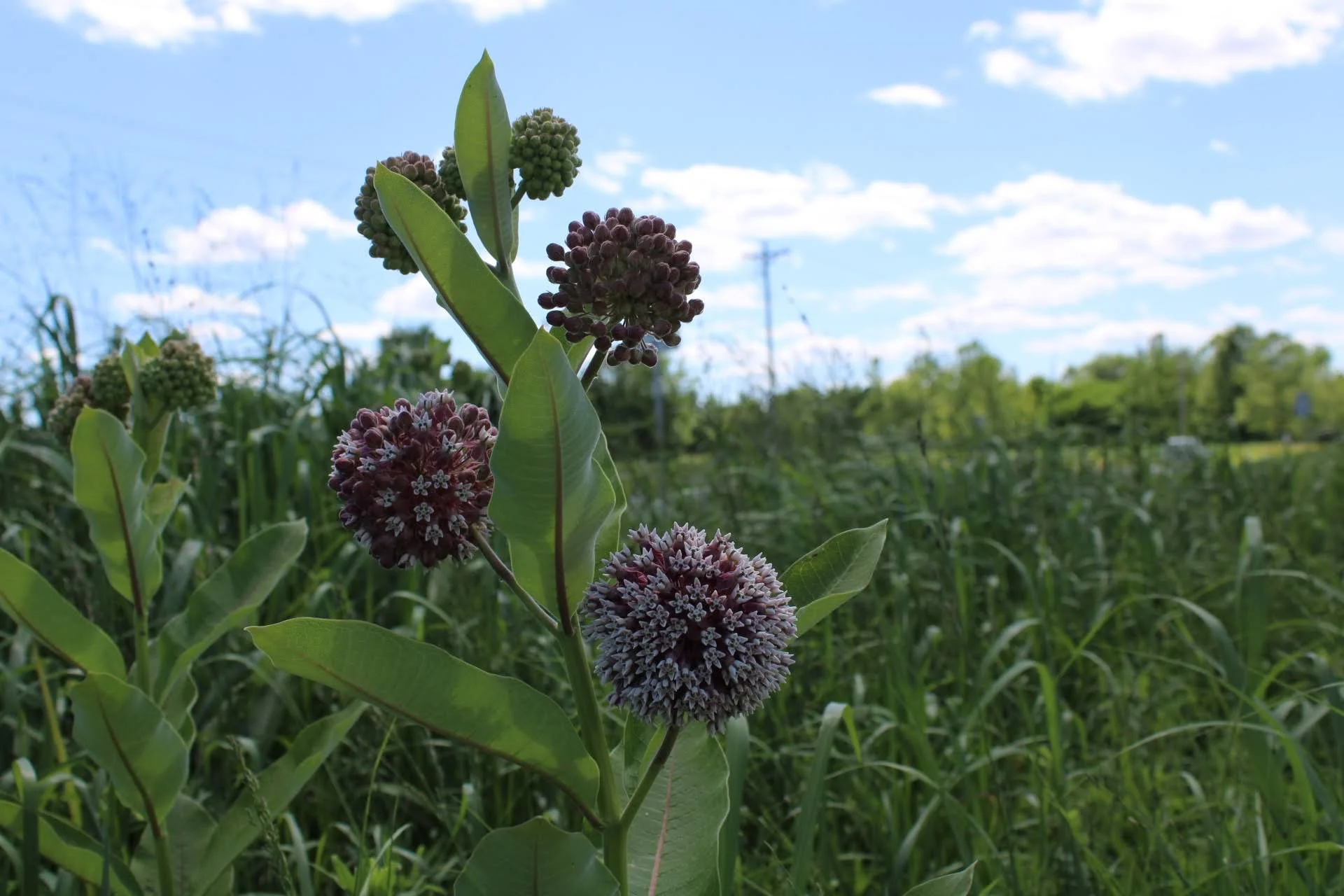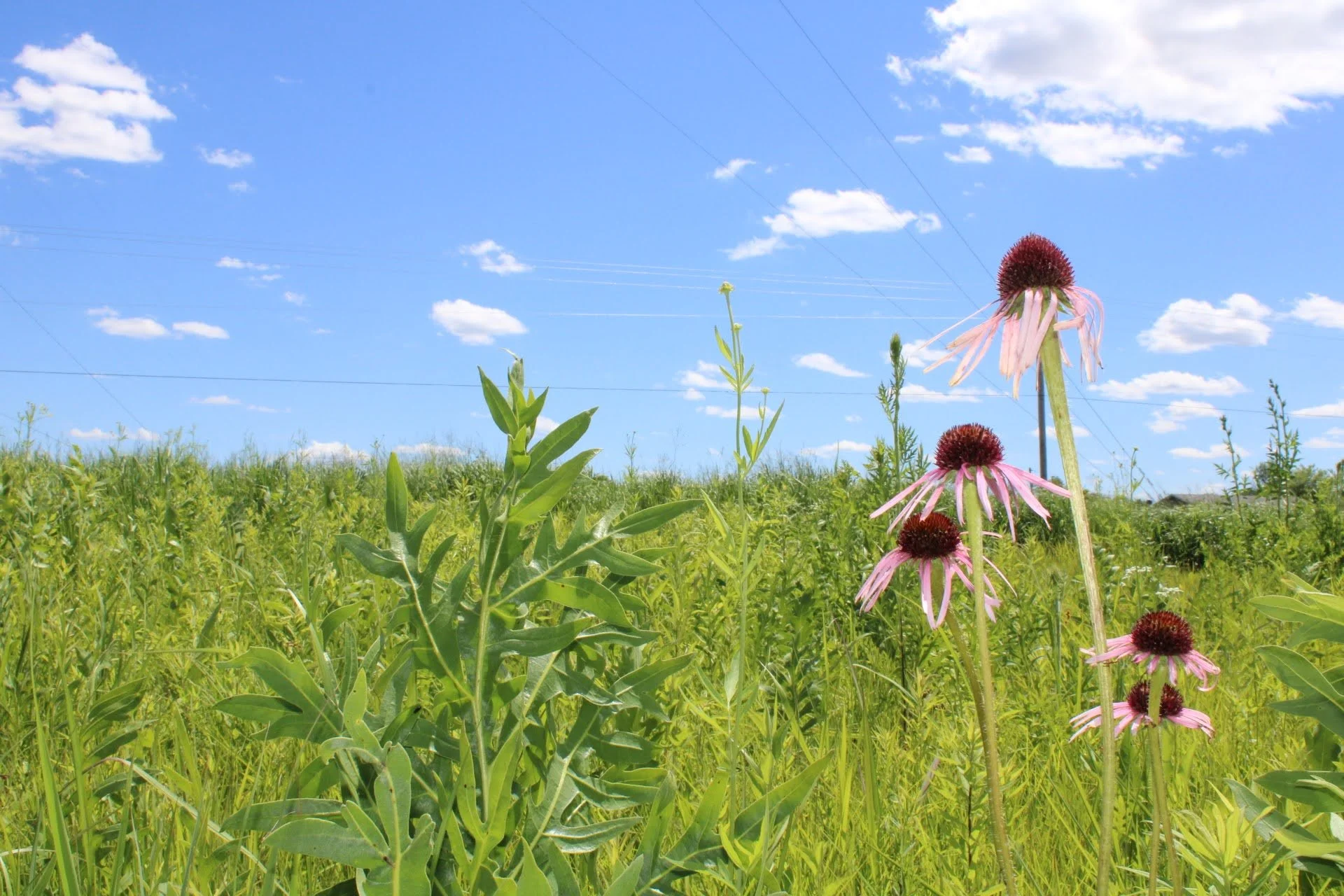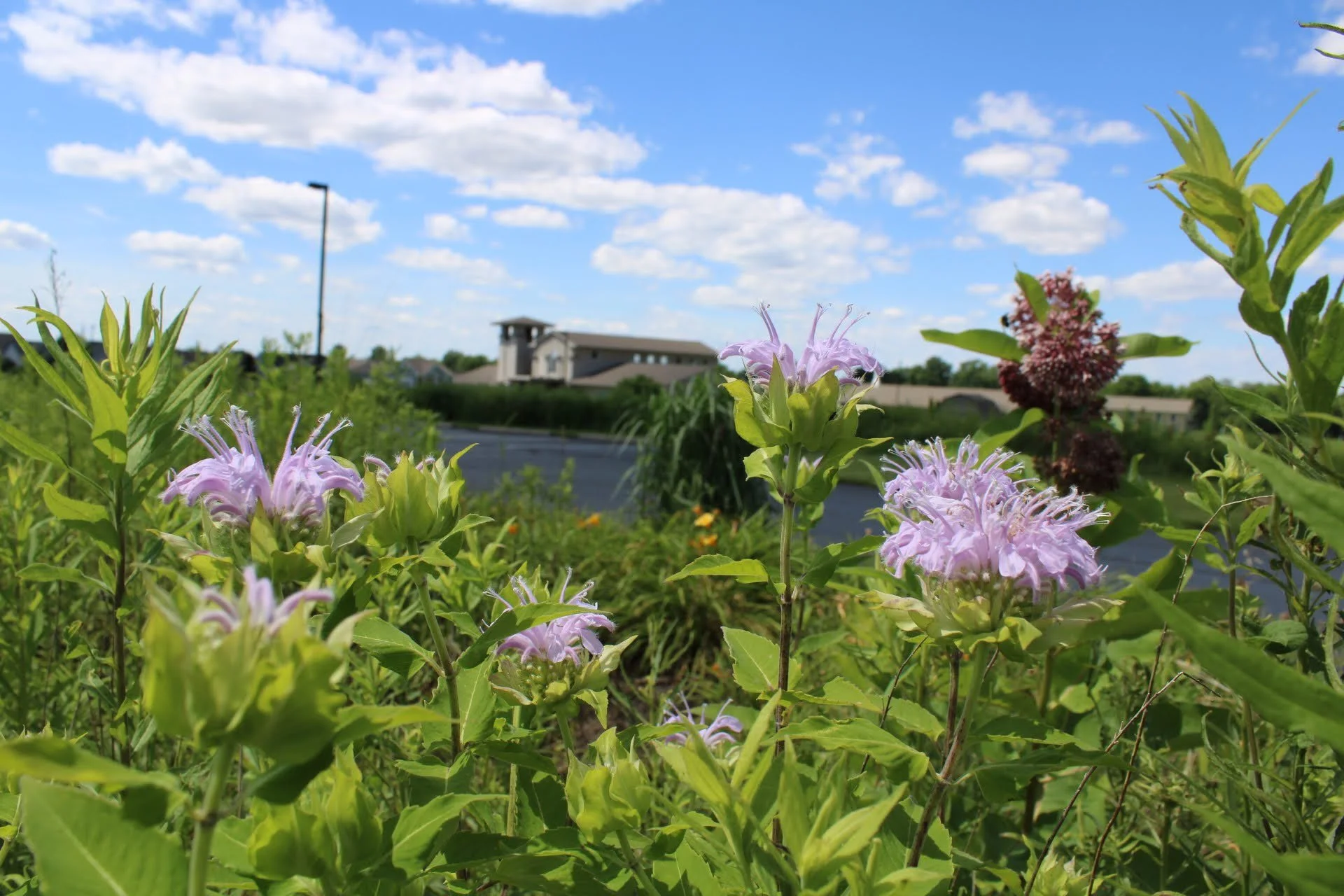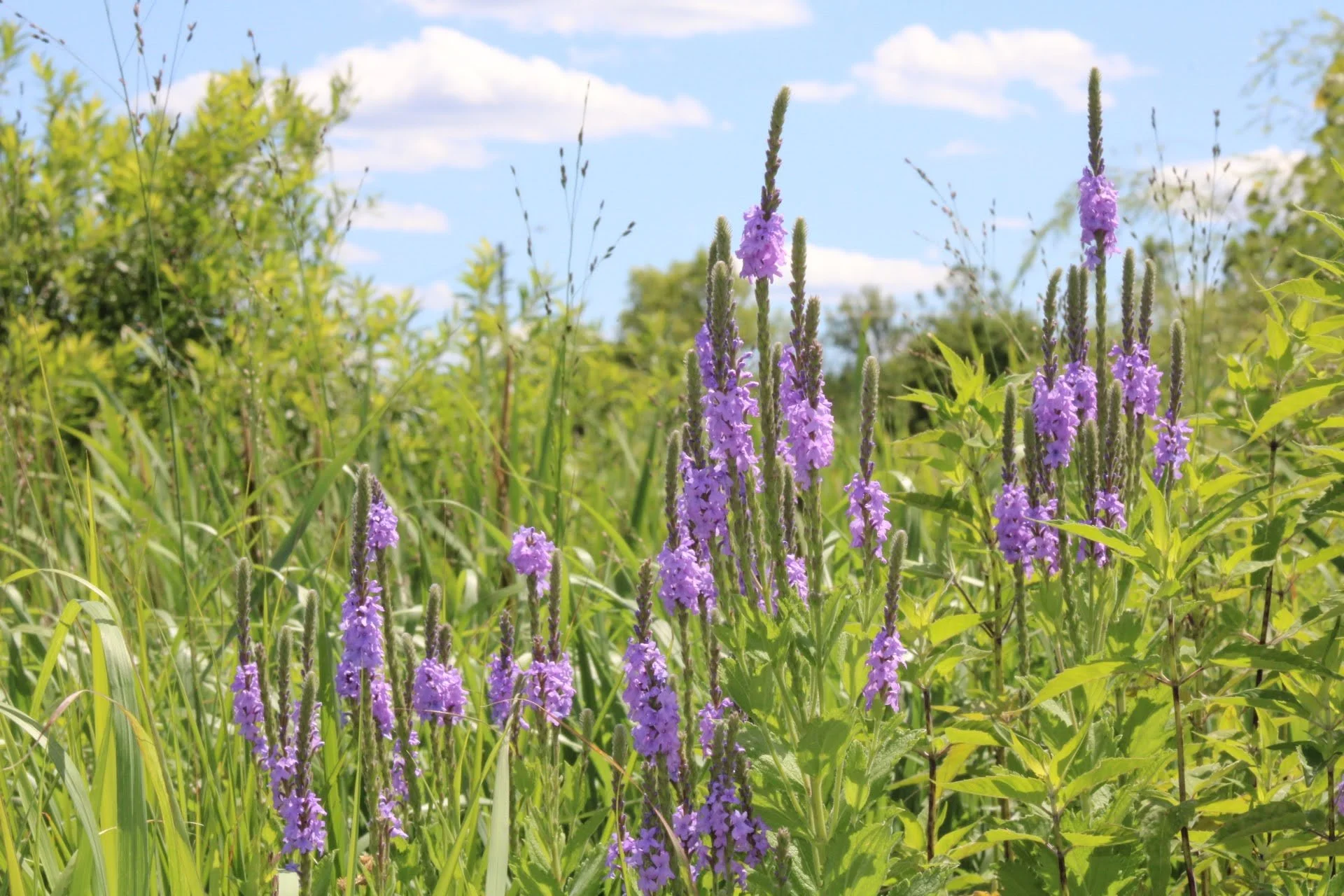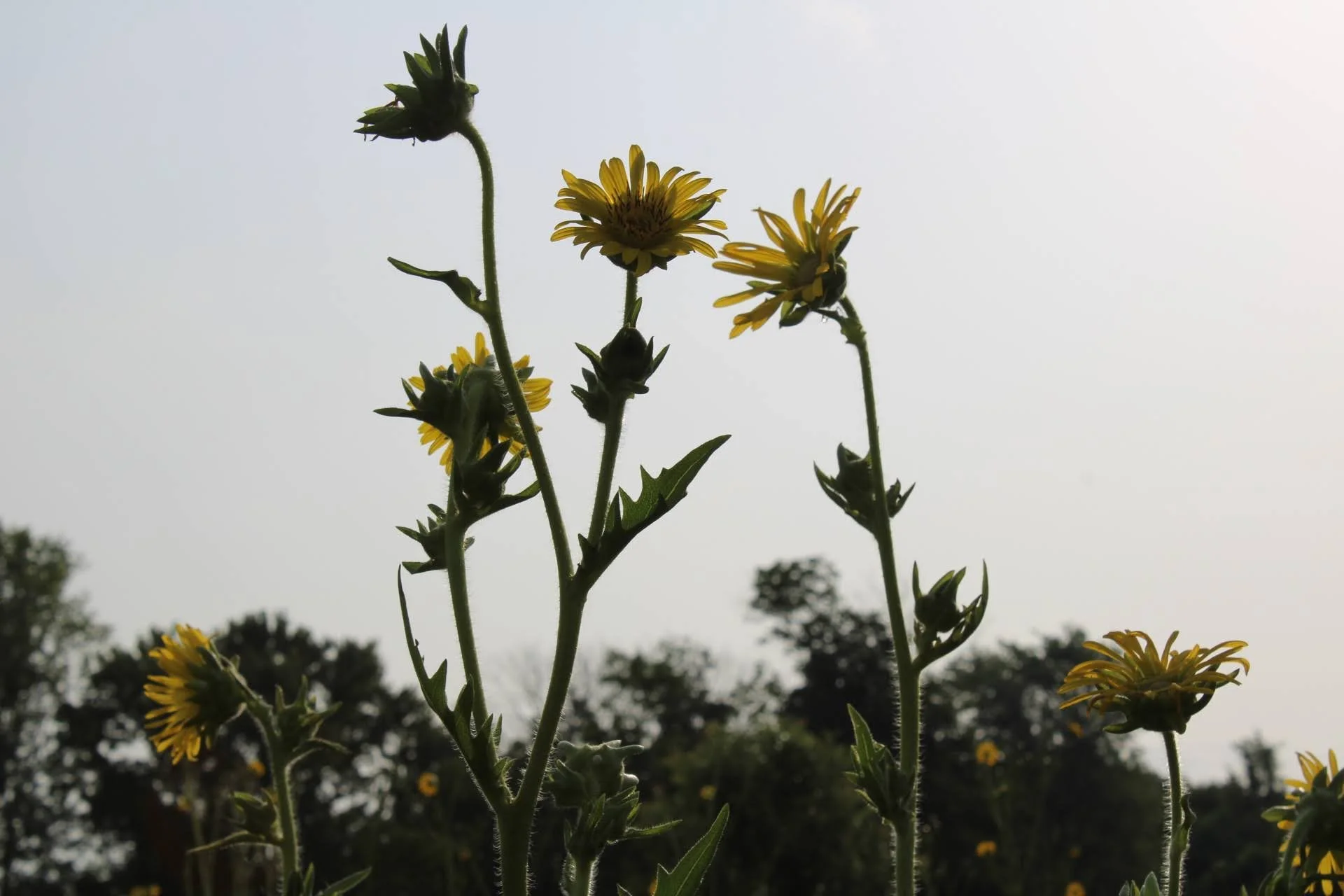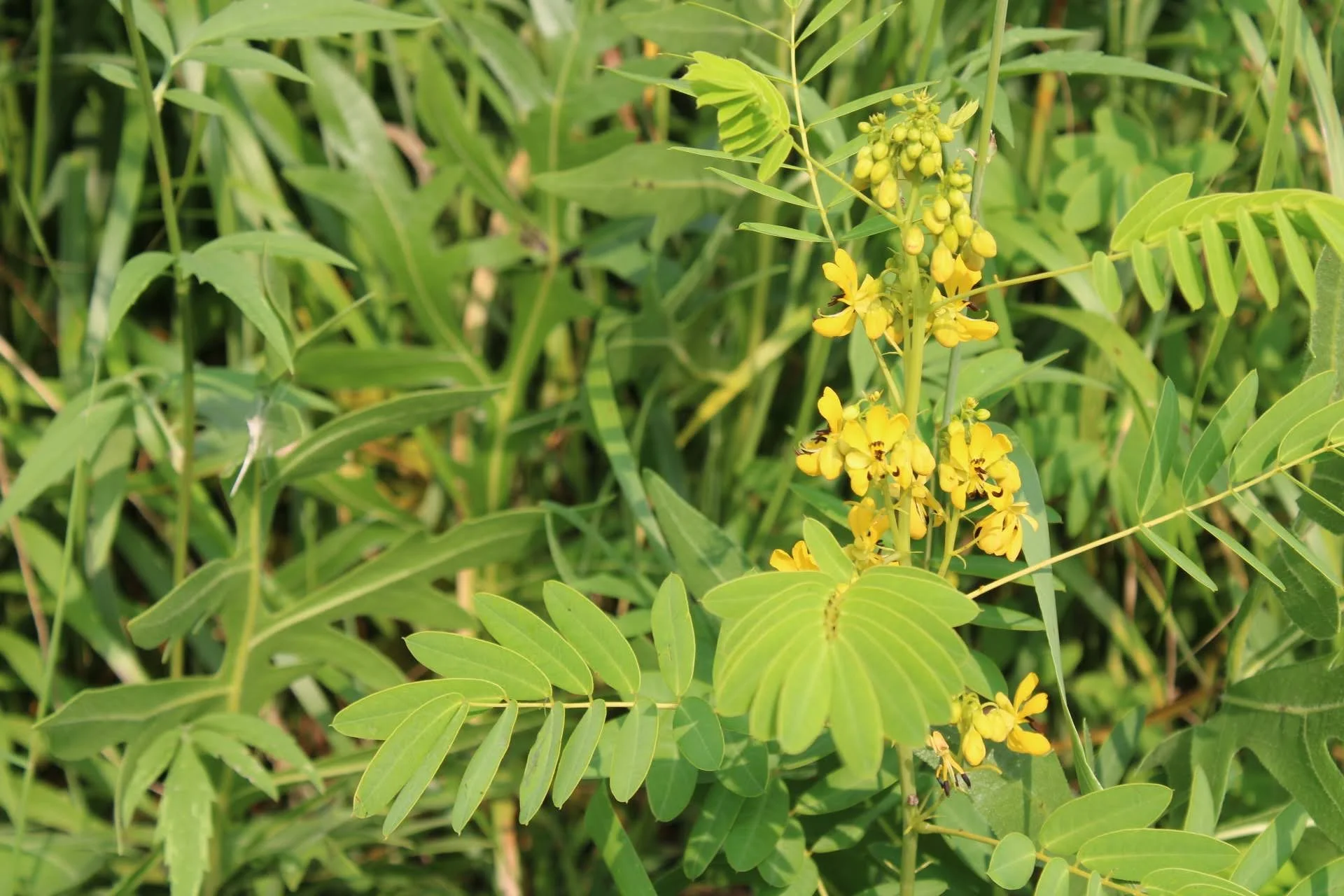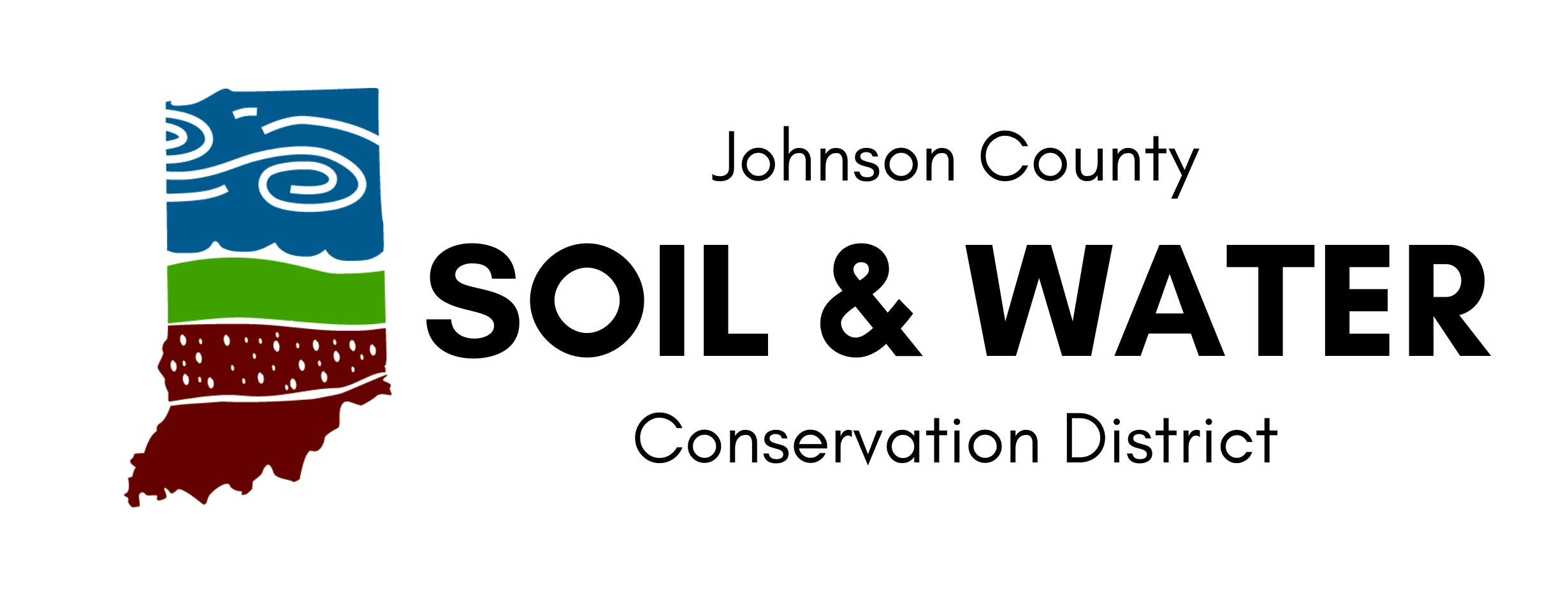Welcome to the Trafalgar Branch of the Johnson County Public Library!
This library focuses on the benefits of growing native plants for our native bird species! Our native bird species need more than that feeder in your backyard to thrive & survive
Food Not Found In Feeders…
Berries Found On Native Trees & Shrubs
Not all berries are good for our native bird species…for example berries found on nonnative Asian Bush Honeysuckle, Callery Pear trees, & Autumn Olive are made up of mostly carbohydrates and sugar as opposed to berries found on our native species that are made up of fat and protein that our native, resident birds need to bulk up to get through the winter. Nonnative plants are basically the fast food of the bird world. Tastes great but doesn’t have the nutrients birds need to have a healthy, balanced diet and can even hurt their ability to reproduce that year
Caterpillars & Other Insects
While bird feeders can help keep adult birds well fed. Hatchlings, or young birds, cannot eat seeds until they are fully matured so they rely on their parents to bring them caterpillars and insects to the nest. If a lawn is mostly nonnative plant species, there will be less insects available for these birds to feed their young. For example, an oak tree can host over 500 different moth and butterfly caterpillar species as opposed to the nonnative Bradford Pear that only hosts 3 different caterpillar species
What You Can Do For The Birds…
Tips for Bird Feeders
If you have bird feeders on your property, make sure to clean them every few months to prevent the spread of life threatening diseases
Put the bird feeder either very far away from your windows or right up close to your windows. This keeps birds safe by lessening the chance that birds will strike your windows
Black oiled sunflower seeds are the best for your feeders. Seed mixes with corn and other fillers attract nonnative birds such as the European Starling that outcompete our native bird species
Include a bird bath or water drip in your bird habitat to make it well rounded for our feathery friends
Grow Native Plants, Shrubs, & Trees
If you plant more native plants, there will be more insects & caterpillars in your yard which will attract more birds to your yard since there will be more diversity in what is available for them to munch on. The seeds in found in this library and along the trail are a good start!
If you have a native garden, don’t take the stalks down in the fall! The stalks can provide seed and habitat for birds throughout the winter if they are left as is
Replace Nonnative Shrubs Like Asian Bush Honeysuckle & Autumn Olive. Get rid of the fast food joints in your yard and replace them with a healthy alternative for the birds such as Silky Dogwood, Serviceberry, or Spicebush
By replacing species such as Asian Bush Honeysuckle, you are also helping keep nests safe from predators such as racoons and opossums. The way that these nonnative shrubs are structured leaves nests more vulnerable to predation
Don’t Bag the Bagworms
I know we all think that bagworms are out to kill our favorite trees but actually they do little to no damage to most trees! Native trees have been dealing with bagworms for a super long time so they know how to handle it and bounce back. As you could have guessed if you have read this far (good for you by the way, we love to see the commitment) is that bagworms are the best bird food like an all you can eat caterpillar buffet! But like nutritious all you can eat buffet specifically designed for baby birds. Yum, right? So leave those bagworms be, please.
Keep Your Cats Indoors if Possible
If at all possible, protect our native bird species by keeping your furry friends indoors especially if you have a bird feeder. Or to warn birds of their approach, put a bell on your cat’s collar
Scroll through the gallery below to see photos of the Trafalgar Branch Prairie!
Need Identification Help? Want To Show Us What You Found?
Native Seeds in the Library
Both Wild Quinine & Yellow Coneflower are guaranteed to attract native bumblebees, butterflies, and other pollinators! Click on the images & USDA Fact Sheet links to learn more about these summer blooming species to see if they can find a home on your own property!
Trafalgar Branch of the Johnson County Public Library Prairie
Welcome to the Trafalgar Branch of the Johnson County Public Library! Native tallgrass prairies, such as the one covering much of the library grounds, are now the most endangered ecosystem in North America. At one time, these grasses stretched from Missouri and Iowa to central Ohio, and comprised about 15% of the Hoosier landscape. At their most prolific, prairies served as one of our land’s most diverse ecosystems. Extensive development and agriculture have since reduced Indiana’s prairies to about 1% of their original size. Now, there is renewed interest in revitalizing our natural heritage. Small intentional prairies, such as this one, are becoming an increasingly popular and eco-friendly alternative to traditional lawns. Trafalgar Library’s prairie, with its abundant birds and wildlife, is best experienced from our half-mile paved and accessible path, which winds through the beautiful landscape. It is the only publicly accessible nature trail in the town of Trafalgar and is enjoyed by people of all ages throughout our community. Our Kelsey Anne Devine StoryWalk, which curves along the western section of the trail, promotes early childhood literacy among our youngest visitors. In addition to being a Little Native Seed Library Trail site, the prairie is a certified Monarch Butterfly Waystation, and the Prairie Path and StoryWalk are registered Indiana Bicentennial Legacy Projects.
A big thank you to Nicole Marshall from Waypoints Designs for completing all of the artwork on the libraries throughout the trail! Click on the button below to learn more!




